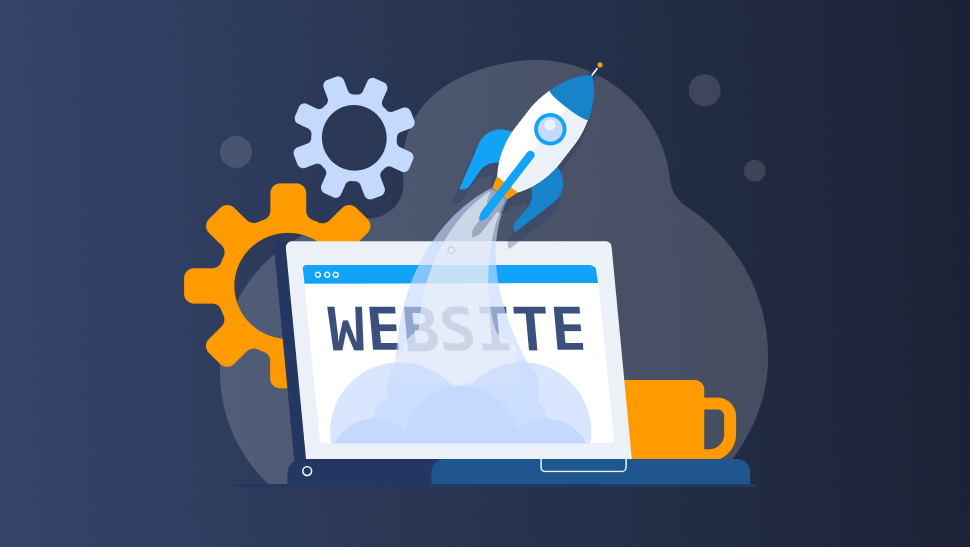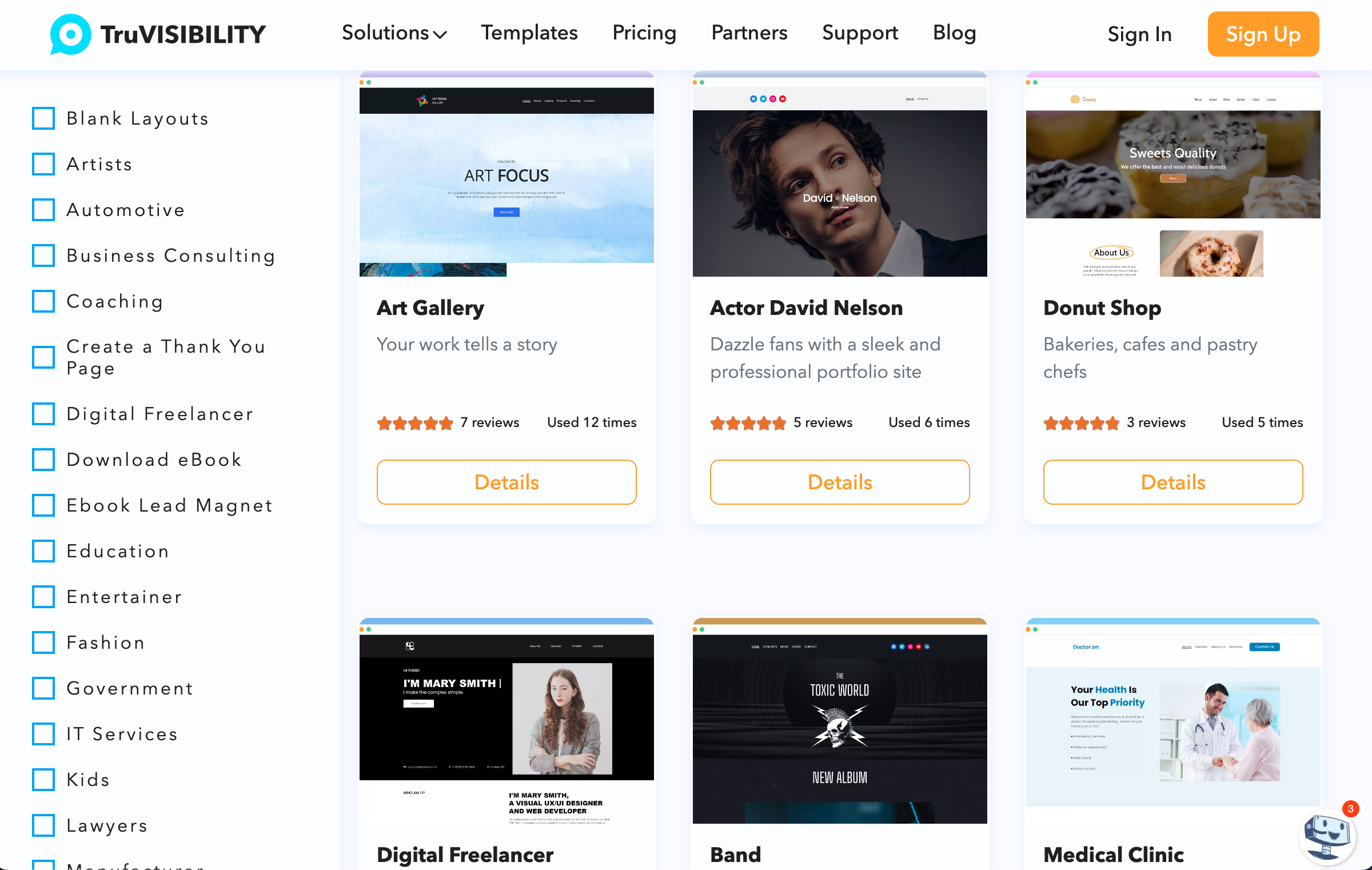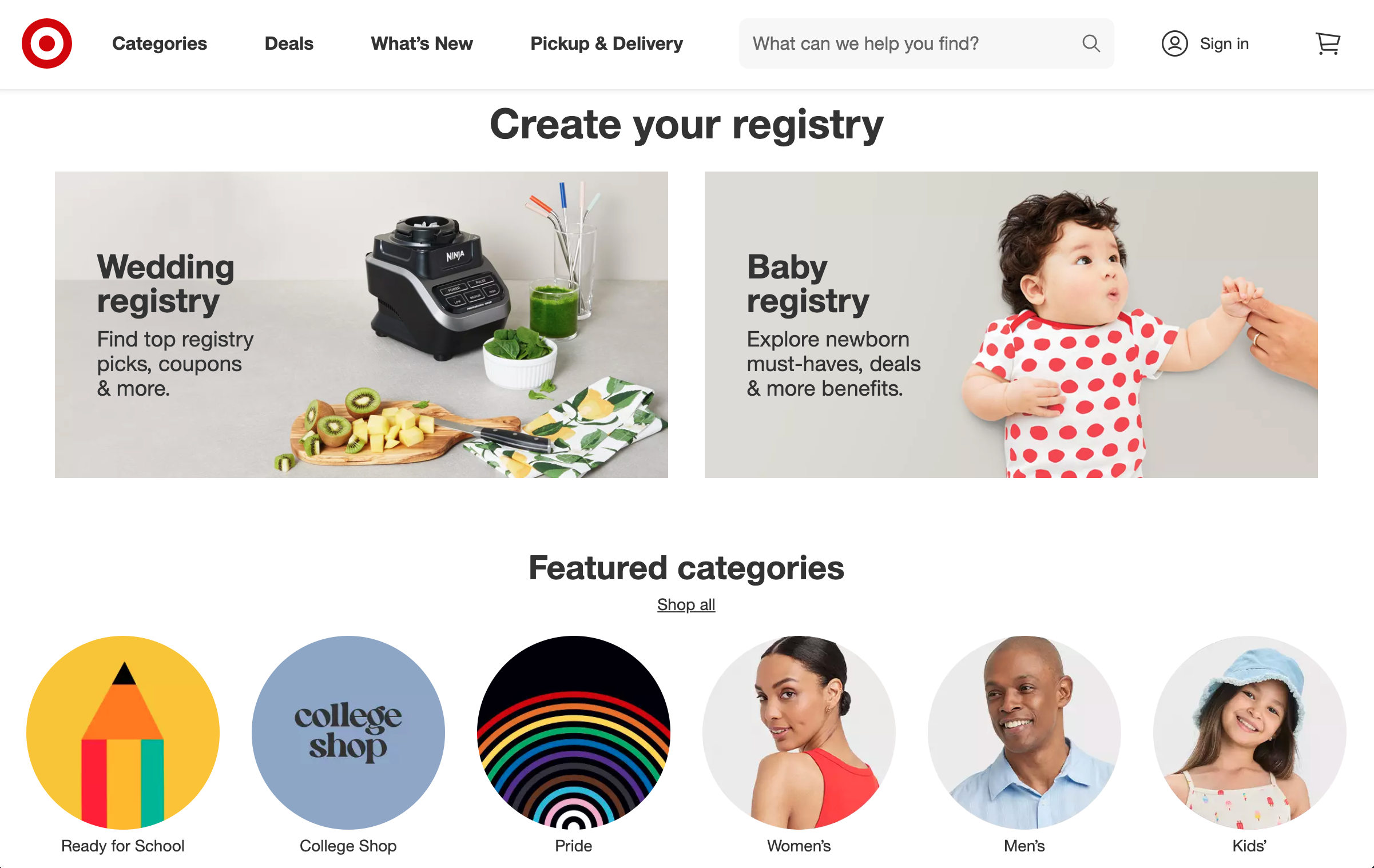A website is one of the most important tools for any business in the digital age. It can help you showcase your products or services, attract new customers, and build your brand identity. But how do you design a website that stands out from the crowd and reflects your unique value proposition? Let’s start helping you build a unique website that sets you apart from your competitors!
Table of Contents
- How to Build a Unique Business Website
- Crafting Engaging and Relevant Content
- Optimizing Your Website for SEO
- Testing and Launching Your Website
- Conclusion

How to Build a Unique Business Website
Let’s explore some of the best ways to design a unique website for a business, covering aspects such as:
- Choosing a domain name and hosting service
- Selecting a website builder or platform
- Defining your goals and target audience
- Creating a visual identity and style guide
- Crafting engaging and relevant content
- Optimizing your website for SEO and performance
- Testing and launching your website
By following these steps, you can create a website that not only looks great but also delivers results for your business.
Choosing a Domain Name and Hosting Service
The first step to designing a unique website for a business is to choose a domain name and a hosting service. A domain name is the address of your website on the internet, such as www.example.com. A hosting service is the company that provides the space and resources for your website to run online.
Choosing a domain name and a hosting service can have a significant impact on your website's success. Here are some tips to keep in mind:
- Choose a domain name that is short, memorable, and relevant to your business. Avoid using numbers, hyphens, or misspellings that can confuse or mislead your visitors.
- Choose a domain extension that suits your business type and location. For example, .com is the most popular and widely recognized extension, but you can also use .net, .org, .biz, .co, .io, or country-specific extensions like .uk or .ca.
- Choose a hosting service that offers reliable uptime, fast speed, security features, and customer support. Compare different plans and prices to find the one that meets your needs and budget.
- Choose a hosting service that supports the website builder or platform you want to use. Some hosting services offer one-click installation or integration with popular platforms like WordPress or Shopify.
Selecting a Website Builder or Platform
The next step to designing a unique website for a business is to select a website builder or platform. A website builder or platform is the software or tool that allows you to create and manage your website without coding. There are many options available in the market, each with its own features, advantages, and disadvantages.
Some of the factors to consider when selecting a website builder or platform are:
Ease of use
How user-friendly and intuitive is the interface? How much control and customization do you have over the design and functionality of your website?
Features and functionality
What features and functionality do you need for your website? For example, do you need an online store, a blog, a contact form, social media integration, analytics, etc.?
Design and templates
What design and templates do you want for your website? How many options do you have to choose from? How flexible are they to modify and adapt to your brand identity?

Cost
How much does it cost to use the website builder or platform? Do you have to pay monthly or yearly fees? Are there any hidden or extra costs for additional features or services?
Defining Your Goals and Target Audience
The third step to designing a unique website for a business is to define your goals and target audience. Your goals and target audience are the foundation of your website strategy and design. They help you determine what you want to achieve with your website and who you want to reach and serve.
To define your goals and target audience, you need to answer some questions, such as:
What is the purpose of your website? What do you want to accomplish with it? For example, do you want to increase brand awareness, generate leads, sell products or services, provide information, etc.?
Who is your ideal customer or visitor? What are their demographics, psychographics, needs, wants, pain points, challenges, goals, etc.?
How do you want to communicate with your target audience? What tone, voice, and style do you want to use? How do you want to position yourself and differentiate yourself from your competitors?
How do you want to measure the success of your website? What metrics and indicators do you want to track and analyze? For example, traffic, conversions, sales, engagement, retention, etc.?
By defining your goals and target audience, you can create a website that is relevant, valuable, and appealing to your potential customers or visitors.
Creating a Visual Identity and Style Guide
The fourth step to designing a unique website for a business is to create a visual identity and a style guide. A visual identity is the set of elements that represent your brand visually, such as your logo, colors, fonts, images, icons, etc. A style guide is the document that defines the rules and standards for using your visual identity consistently and coherently across your website and other channels.
Creating a visual identity and a style guide can help you establish a strong brand identity and recognition for your business. It can also help you create a website that is attractive, professional, and consistent.
To create a visual identity and a style guide, you need to follow some steps, such as:
Conduct a brand audit
Analyze your current brand identity and how it aligns with your goals and target audience. Identify your strengths, weaknesses, opportunities, and threats.
Define your brand personality
Determine the personality traits and characteristics that describe your brand. For example, are you fun, serious, friendly, formal, innovative, traditional or ‘classy’?
Choose your logo
Design or select a logo that represents your brand name and values. Make sure it is simple, memorable, scalable, and versatile. The example below shows how recognizable Target's logo is along with the typical clean list of categories to shop online that most Target customers know well.

Photo Credit: Target.com
Choose your colors
Select a color palette that reflects your brand personality and emotions. Make sure it is harmonious, contrastive, and accessible.
Choose your fonts
Font types can say a lot about the vibe of your business. Not to mention fonts can make it either easier or harder for site visitors to read.
Choose your images
Select images that support your brand message and story. Make sure they are high-quality, relevant, and diverse.
Choose your icons
Select icons that enhance your website navigation and functionality. Make sure they are clear, consistent, and intuitive.
Document your style guide
Write down the rules and standards for using your visual identity elements across your website and other channels. Include examples and best practices.
Crafting Engaging and Relevant Content
The fifth step to designing a unique website for a business is to craft engaging and relevant content. Content is the information and messages that you communicate with your target audience through your website. It can include text, images, videos, audio, etc.
Crafting engaging and relevant content can help you attract and retain your potential customers or visitors. It can also help you convey your brand value proposition and persuade your audience to take action.
To craft engaging and relevant content, you need to follow some steps, such as:
Conduct a content audit
Analyze your current content and how it aligns with your goals and target audience. Identify your gaps, strengths, weaknesses, opportunities, and threats.
Define your content strategy
Determine your content objectives, topics, formats, channels, frequency, and distribution methods.
Create your content outline
Organize your content into sections, subsections, headings, subheadings, bullet points, etc.
Write your content
Write your content using clear, concise, and compelling language. Use your tone, voice, and style guide to ensure consistency and coherence.
Edit and proofread your content
Review and revise your content for grammar, spelling, punctuation, formatting, and accuracy.
Optimize your content for SEO
Use keywords, meta tags, alt text, URLs, headings, etc. to improve your website ranking and visibility on search engines.
Optimizing Your Website for SEO
The next step to designing a unique website for a business is to optimize it for SEO (search engine optimization) and performance. SEO is the process of improving the quality and quantity of traffic to your website from organic search results. Performance is the measure of how fast and smooth your website loads and runs on different devices and browsers.
Optimizing your website for SEO and performance can help you increase your website visibility, credibility, and usability. It can also help you improve your user experience and satisfaction.
Testing and Launching Your Website
The final step to designing a unique website for a business is to test and launch it. Testing is the process of checking your website's functionality, usability, compatibility, accessibility, security, etc. before making it live. Launching is the process of making your website available and accessible to the public.
Testing and launching your website can help you ensure that your website works as intended and meets your expectations and standards. It can also help you prevent or fix any potential problems or errors that could affect your website's performance or reputation.
Conclusion
Designing a unique website for a business can be a challenging but rewarding task. It requires a lot of planning, research, creativity, and technical skills. However, by following the steps we covered, you can create a website that not only looks great but also delivers results for your business.
Want to receive more articles?
Sign-up for our weekly newsletter to receive info that will help your business grow



